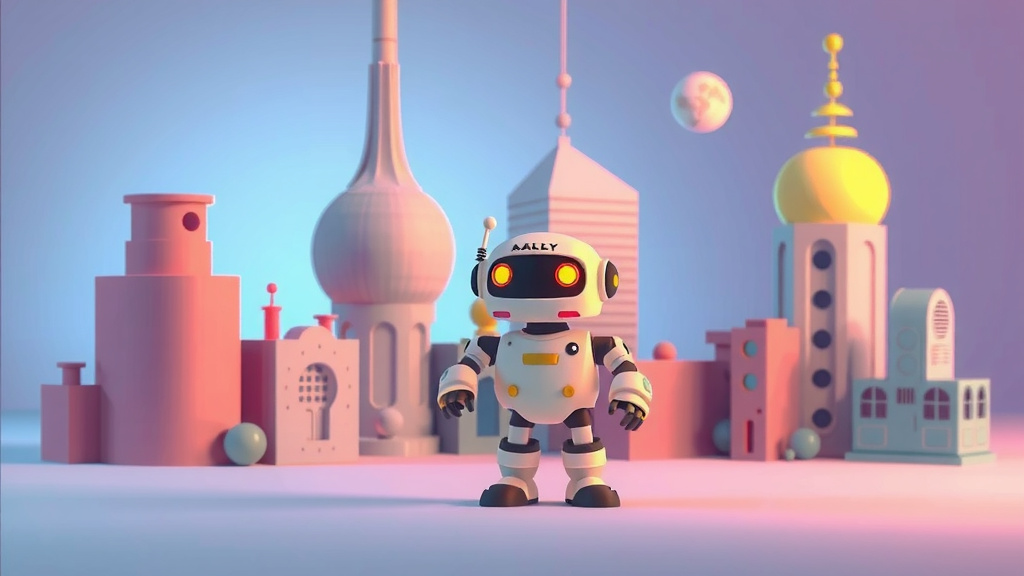The Future of Cybersecurity: AI and Quantum Computing
The world of cybersecurity is at a crossroads, with AI and quantum computing presenting both opportunities and threats. On one hand, AI can enhance cybersecurity by detecting threats in real-time, but on the other hand, hackers can exploit AI for advanced attacks. Meanwhile, quantum computing threatens encryption, risking sensitive data.
AI in Cybersecurity
Artificial Intelligence (AI) has become an integral part of cybersecurity strategy, with major companies like Microsoft using AI to monitor millions of devices worldwide and detect threats in real-time. However, cybercriminals have found ways to exploit AI, using it to generate malware that learns and evolves, becoming harder to detect.
Quantum Computing and Encryption
Quantum computing poses a challenge to encryption, with powerful quantum computers potentially cracking current security protocols. Cybersecurity experts recommend adopting a layered approach, combining traditional encryption with emerging quantum-resistant algorithms.
The Need for New Defenses
The clock is ticking for organizations to prepare for the quantum era, with security experts recommending a hybrid model that offers an interim solution until more robust protections become standard.
AI in the Workplace
Generative AI is being used in the workplace to enhance productivity and efficiency. For example, Media By Mother's CEO used Chat GPT to write a pitch for a global multinational client, achieving 80% validation of his ideas and producing a matrix of key drivers of margin and revenue.
AI in Education
Artificial intelligence is being used in education to help students learn reading skills. The Louisiana Department of Education is spending $1.7 million to give 35 school systems access to Amira, an AI tutor that helps students learn phonics and adapt to their individual needs.
AI and Copyright
There is a growing concern about AI and copyright, with some arguing that AI companies are infringing on human artists' work by training their models on copyrighted material without consent or credit. A recent ruling in the US has concluded that training an AI system using copyrighted material isn't fair use, which could have far-reaching implications for creators fighting tech giants.
AI Safety and Development
Cooperation for AI safety must transcend geopolitical interference, as the global community grapples with AI governance. China's experience offers valuable insights into balancing technological advancement with safety considerations, highlighting the challenges and opportunities in AI safety.
Key Takeaways
- AI can enhance cybersecurity, but hackers can exploit it for advanced attacks.
- Quantum computing threatens encryption, risking sensitive data.
- Organizations must prepare for the quantum era with a layered approach to security.
- Generative AI is being used in the workplace to enhance productivity and efficiency.
- AI is being used in education to help students learn reading skills.
- There is a growing concern about AI and copyright, with some arguing that AI companies are infringing on human artists' work.
- Cooperation for AI safety must transcend geopolitical interference.
Sources
- The cybersecurity crossroads: AI and quantum computing could save or endanger us
- How Media By Mother's CEO wrote a quick, noteworthy pitch using generative AI
- Major AI Contract: VCI Global to Transform Digital Marketing with $12M Datanex Partnership
- AI Summit: EU, France to Invest $320 Billion in AI to Rival US, China
- Dozens of Louisiana schools are experimenting with artificial intelligence in classroom instruction
- Judge Bibas: "Wisdom does not always find me, so I try to embrace it when it does––even if it comes late, as it did here."
- Some Good News for Hollywood Creators Suing AI Companies
- The Prompt: Artists Want To Shut Down AI Art Auction
- Opinion | Cooperation for AI safety must transcend geopolitical interference
- Thomson Reuters wins AI copyright ruling over training data
